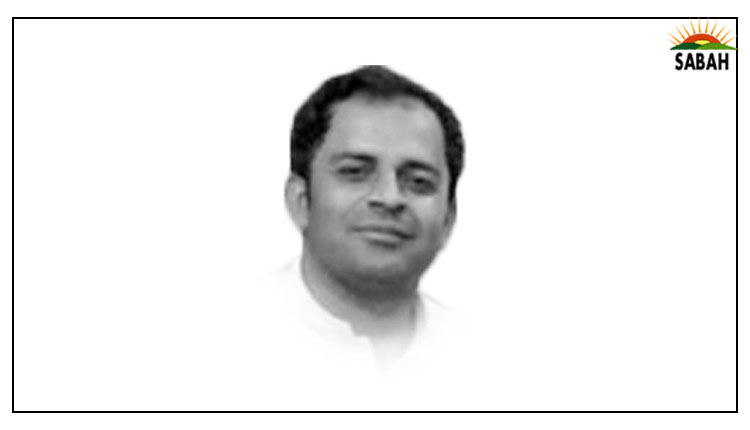Cruelty and frailty… Ali Hassan Bangwar
The foundational philosophy underlying the evolution of society was the establishment of a predictable order, an inclusive social framework, and the sustainable fulfillment of needs. This objective was achieved through the implementation of laws aimed at creating order and diminishing the inherent chaos of life. These laws delineated individual rights and established sanctions and enforcement mechanisms. Nevertheless, social exclusions, differential access to resources and varying stakes expose flaws in the design and implementation of laws. These flaws give rise to social injustice and cruel practices, encompassing physical violence as well as emotional, social, political, ethnic and economic exploitation.
Despite the extensive legal framework in place, the question arises: where does cruelty within a society originate? The answer lies in comprehending the motivations behind cruelty and its intricate connection with vulnerabilities. While traditional beliefs often link cruelty to positions of power held by authoritarian regimes or individuals, a closer examination reveals that the faade of power frequently masks deep-rooted insecurities. A crucial assertion is that cruelty emanates not just from the weakness of the aggressor, but also from that of the aggrieved.
This notion might initially appear counterintuitive, given the common perception that cruelty arises from positions of power where the powerful employ it as a means of domination. How does this insecurity manifest as brutality? By nature or nurture, individuals driven to seek power attempt to wield influence and control over their environment to address their insecurities, ego and self-interest. However, the pursuit of dominance often stems from a place of frailty, particularly in those discontented with themselves. This lack of mental fortitude and inner strength compels individuals or groups to resort to cruelty as a way to compensate for their insecurities.
What gives rise to this insecurity? Causative factors include personal fragility, an absence of empathy, societal pressures and chronic complaisance. Personal vulnerabilities significantly underpin acts of cruelty. Feelings of self-doubt, inadequacy or low self-esteem drive individuals to commit cruel acts as defence mechanisms. Such behaviours aim to project strength while masking vulnerabilities. Paradoxically, this outward display of strength conceals profound insecurity and an inability to confront these emotions. Additionally, a lack of empathy also contributes to cruelty. Individuals devoid of empathy exploit and inflict suffering on others, viewing brutality as a tool for societal control and a display of strength.
Societal trends and pressures further contribute to acts of cruelty. A society that celebrates displays of power fosters an environment where individuals seek validation by imitating such behaviour. The need to conform to societal norms and remain relevant compels individuals to perpetrate cruelty. However, this act of cruelty is rooted in inner weakness and a fear of rejection, rather than true strength.
Lastly, persistent compliance and perceptions of the vulnerability of the oppressed play a role in acts of cruelty. Is cruelty solely a result of the oppressors weaknesses? Or does the sense of fragility of the oppressed also fuel cruelty? Weakness, in this context, operates in two intertwined ways. The oppressors cruelty and their perception of the victims weakness reinforce each other. This perception of victim vulnerability, whether real or imagined, amplifies the oppressors insecurities, which are disguised as power. Consequently, the victim mentality inadvertently encourages cruelty by providing space for individuals or groups to test their insecurities.
Courtesy The Express Tribune












